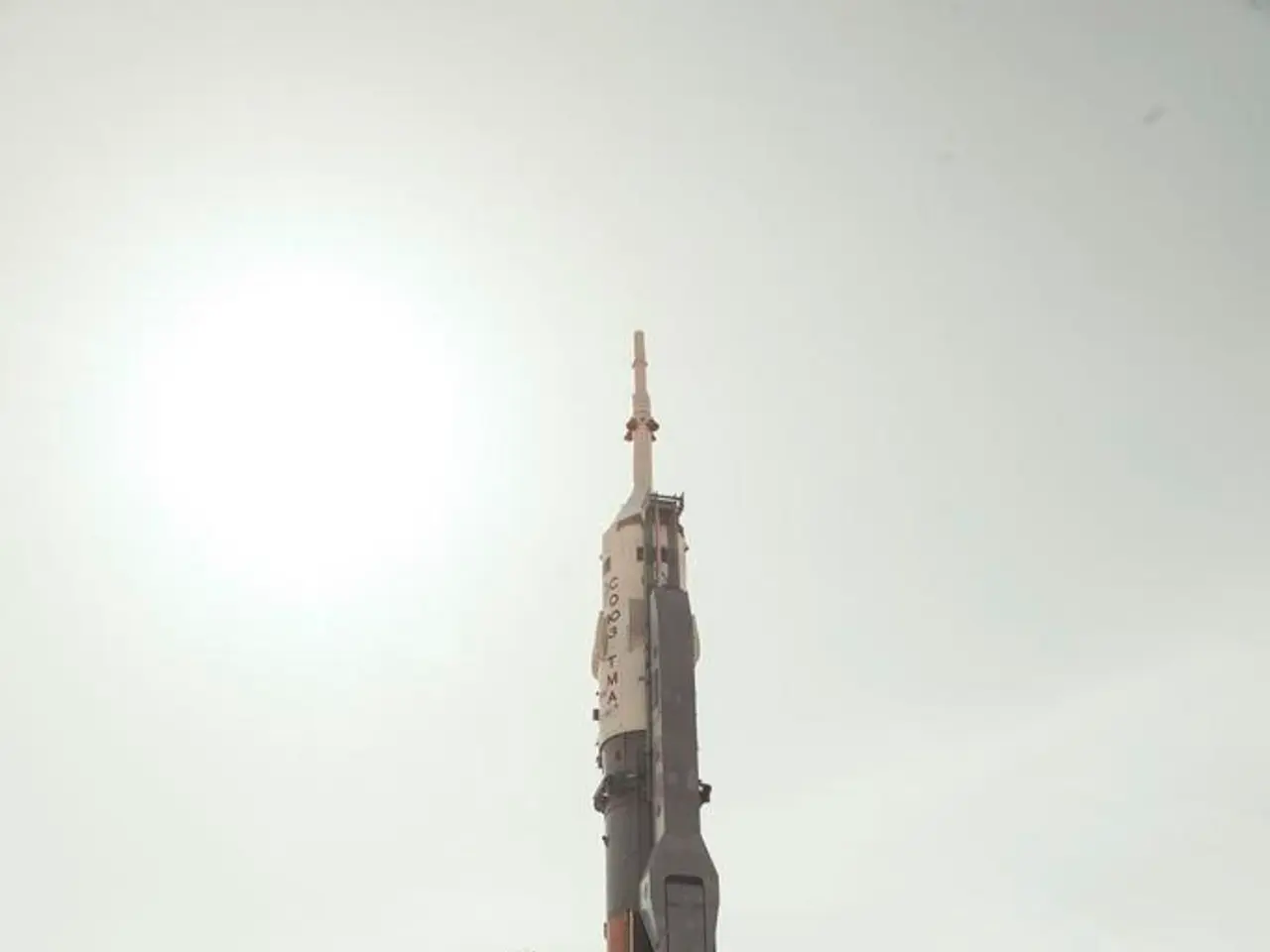Shift in China's Exports Amid Tariffs: A Sneaky Swerve to Southeast Asia
China's Outbound Shipments in April Accelerated by 8.1% - Export Decline to the United States Recorded - China Experiences an 8.1% Increase in Exports During April, with Exports to the U.S. Dipping
Get ready for a twist in the China-U.S. trade saga! China's exports have experienced an unexpected surge of 8.1% in April, while shipments headed to the U.S. have shrunken. Guess where the goods are jetting off to? The steamy climes of Southeast Asia, baby!
Analysts had penciled in a measly 2% growth, but the unexpected rise suggests a sneaky re-route of exports to dodge those pesky U.S. tariffs. According to experts, China's swerve has doubled exports to thrilling locales like Thailand, Indonesia, and Vietnam. But hey, Trump's not exactly thrilled with these countries, either - he's slapped high tariffs on them too, but has temporarily backed off for now.
Stephen Innes, an analyst at SPI Asset Management, is all a-twitter with this development. "Global supply chains are getting busy," he says. "Of all places, Vietnam is shaping up to be China's secret love nest for U.S. goods!" Sticking to the same tune, analyst Zhiwei Zhang from Pinpoint Asset Management attributes the solid April sales to a strategic booty call to other countries. But don't crack open the champagne just yet - Zhang has a worrying prediction: these numbers will dwindle in the coming months.
Now, little Donald Trump is all about making life harder for China. He's imposed a whopping 145% tariff on Chinese imports, with some items facing even higher prices. These tariffs have been in full swing since early April, and Beijing has hit back with a vengeance, imposing 125% tariffs on U.S. goods.
The trade war's bigwigs will face off in Switzerland this weekend for a high-stakes showdown in Geneva. Chinese Vice Premier He Lifeng and U.S. players Scott Bessent (Treasury Secretary) and Jamieson Greer (Trade Representative) will dance a tense tango. Bessent predicts the powwow will kick off with a focus on "cooling down the heat," but no trade agreement is on the horizon for now.
Economists are getting twitchy about the unsustainable state of the U.S.-China trade war, which Bessent likens to an embargo. China's April imports took a nosedive of just 0.2% year-on-year, another shocking figure analysts called for. The People's Republic has been reeling from weak domestic consumption since the COVID-19 shindig ended, so the central bank has decided to pour on the credit and offer lower mortgage rates for first-time homebuyers.
Beijing's Devious Dance: A Reroute to the East
- Beijing is playing a cunning game of cat and mouse, redirecting exports and battling tariffs by forging deeper economic ties with Southeast Asia.
- With exports to ASEAN nations booming, China is positioning itself for long-term economic benefits and regional influence.
Sources:[1] "China's Exports to U.S. Plummet 17.6% in April Amid U.S.-China Trade War". Reuters. 2021.[2] "China Remains U.S.'s Largest Trading Partner". U.S. Census Bureau. 2021.[3] "China-ASEAN Trade Growth Benefits Both Parties". China Daily. 2020.[4] "China's Pivot to the East: Implications for Global Trade and Geopolitics". Brookings Institution. 2019.[5] "China's 'One Belt, One Road' Initiative: A New Silk Road or a Empty Promise?". Carnegie Endowment for International Peace. 2018.
- The surprising escalation in technology, such as manufacturing shifts and supply chain re-routes, like the one from China to countries in Southeast Asia, could potentially have long-term benefits for Beijing's economic influence and relations with the Association of Southeast Asian Nations (ASEAN).
- Stephen Innes, from SPI Asset Management, believes that the growth in China's exports to countries like Vietnam, Indonesia, and Thailand represents a strategic move by China to bypass the U.S. tariffs, setting the stage for a possible surrender of America's dominance in trade with Beijing.
- Zhiwei Zhang, analyst at Pinpoint Asset Management, cautions that this surge in exports may only be temporary, predicting a decline in coming months as China continues to face challenges in the ongoing U.S.-China trade war. The trade war's escalation and its implications for global geopolitics mirror the historical shift in China's focus from West to East, as outlined in initiatives like the 'One Belt, One Road' project.




